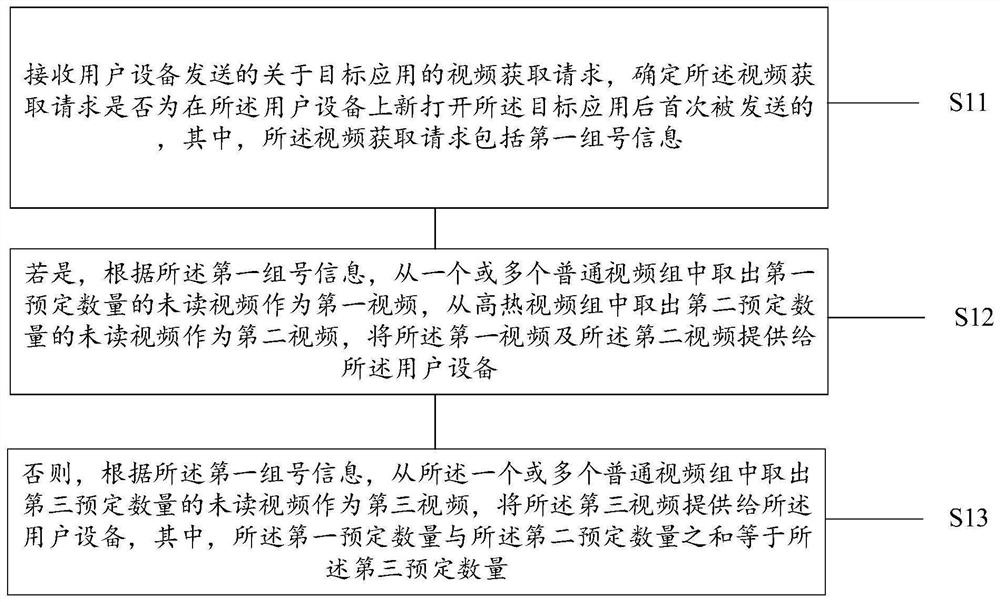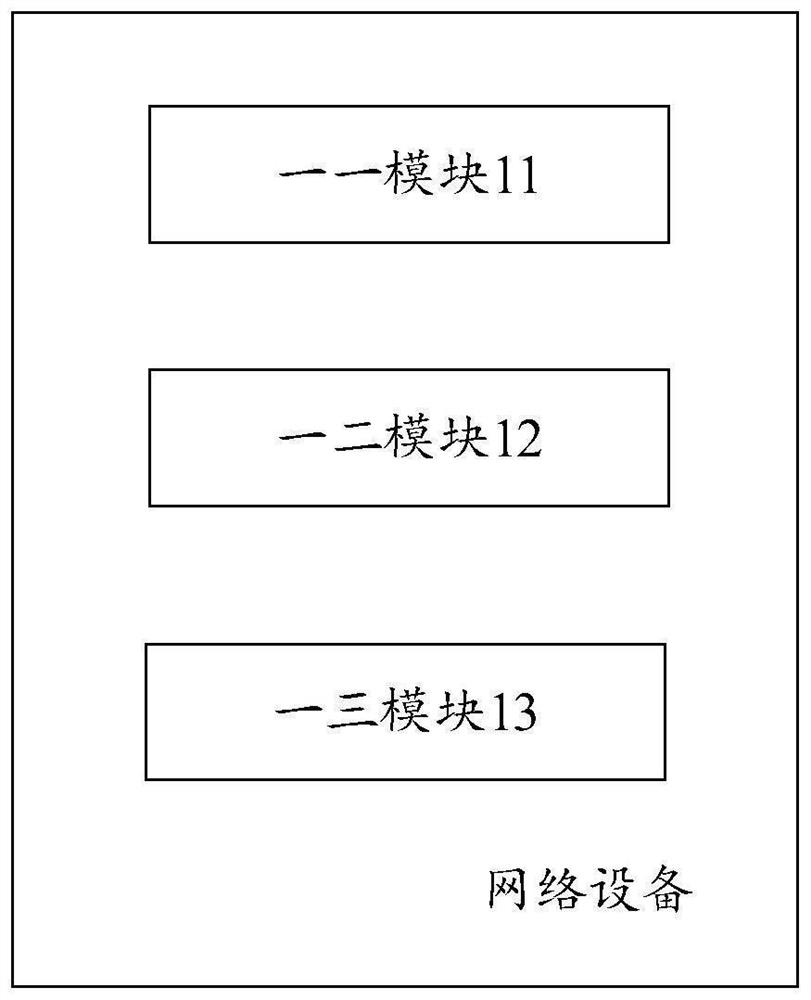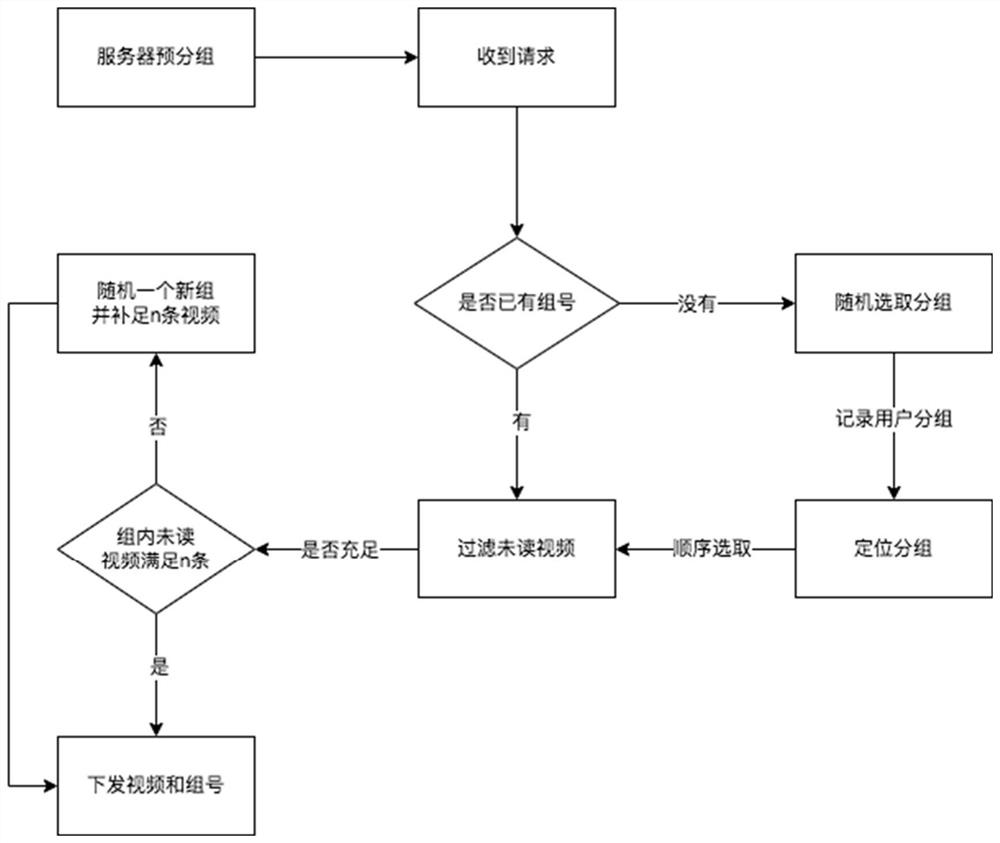Method and device for providing video, medium and program product
A technology of user equipment and video, applied in the field of communication, can solve the problems of occupying large server resources, different exposures, and difficulty in short videos, etc., to achieve the effect of improving the delivery accuracy and delivery efficiency, and improving the video experience
- Summary
- Abstract
- Description
- Claims
- Application Information
AI Technical Summary
Problems solved by technology
Method used
Image
Examples
Embodiment Construction
[0022] The present application will be described in further detail below with reference to the accompanying drawings.
[0023] In a typical configuration of the present application, the terminal, the device serving the network, and the trusted party all include one or more processors (for example, a central processing unit (CPU)), an input / output interface, a network interface, and Memory.
[0024] The memory may include non-persistent memory in computer readable media, random access memory (Random Access Memory, RAM) and / or non-volatile memory, such as read only memory (Read Only Memory, ROM) or flash memory (Flash). Memory). Memory is an example of a computer-readable medium.
[0025] Computer-readable media includes both persistent and non-permanent, removable and non-removable media, and storage of information may be implemented by any method or technology. Information may be computer readable instructions, data structures, modules of programs, or other data. Examples ...
PUM
 Login to View More
Login to View More Abstract
Description
Claims
Application Information
 Login to View More
Login to View More - R&D
- Intellectual Property
- Life Sciences
- Materials
- Tech Scout
- Unparalleled Data Quality
- Higher Quality Content
- 60% Fewer Hallucinations
Browse by: Latest US Patents, China's latest patents, Technical Efficacy Thesaurus, Application Domain, Technology Topic, Popular Technical Reports.
© 2025 PatSnap. All rights reserved.Legal|Privacy policy|Modern Slavery Act Transparency Statement|Sitemap|About US| Contact US: help@patsnap.com



